Welcome to an in-depth exploration of the Flydigi Apex 4, a controller that promises to redefine gaming precision and comfort in 2024. This article dives deep into every aspect of the Apex 4, a device that Flydigi claims to have redesigned and refined from its predecessor, the Apex 3. If you’re a gamer looking for a premium controller with innovative features, adjustable analog sticks, and enhanced customization, this comprehensive review will guide you through everything you need to know.
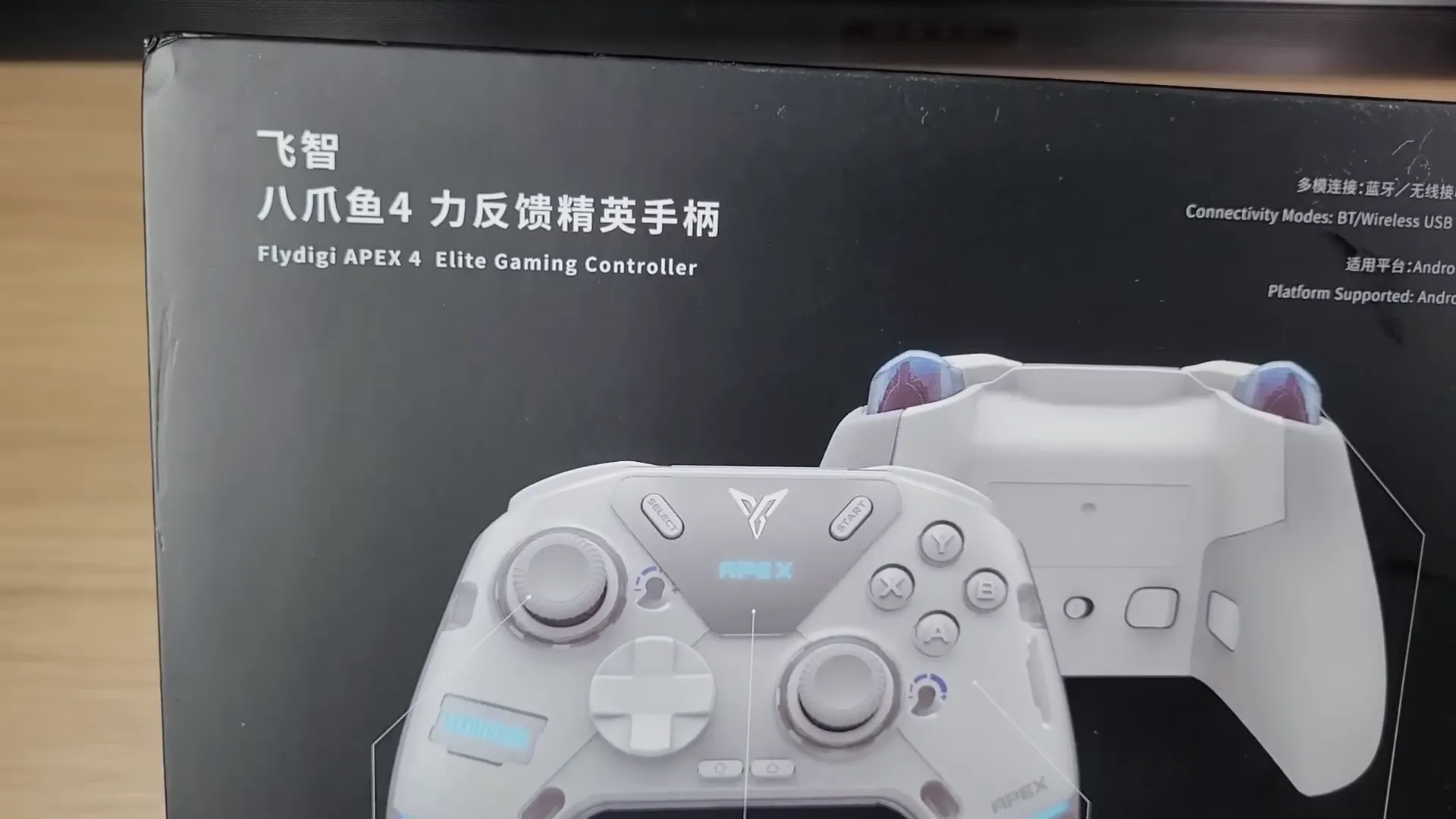
Table of Contents
- Unboxing and First Impressions
- Build Quality and Design Innovations
- The Game-Changing Analog Sticks
- Screen and Firmware Enhancements
- Trigger Modes and Functionality
- Compatibility and Connectivity
- Flydigi PC App - Enhanced Customization
- Adaptive Triggers and DualSense Mode
- Inside the Apex 4 - Teardown and Hardware Insights
- Final Thoughts: Is the Flydigi Apex 4 Worth It?
- Where to Buy
- About the Author
Unboxing and First Impressions
The Flydigi Apex 4 arrives in a neat package that immediately signals a step up in quality and design. Inside the box, you’ll find the controller itself, a braided USB cable (standard USB, not 3.0), a wireless dongle, manuals, and customizable front plates. Unlike the black plates on the Apex 3, the Apex 4 features elegant silver plates, adding a touch of sophistication to the controller’s face.
One notable aspect is that the Apex 4 is Flydigi’s first premium controller in white, which gives it a clean, modern look that stands out in the crowded controller market. The design is sleek and stylish, making it a strong contender for the best controller design of 2024.
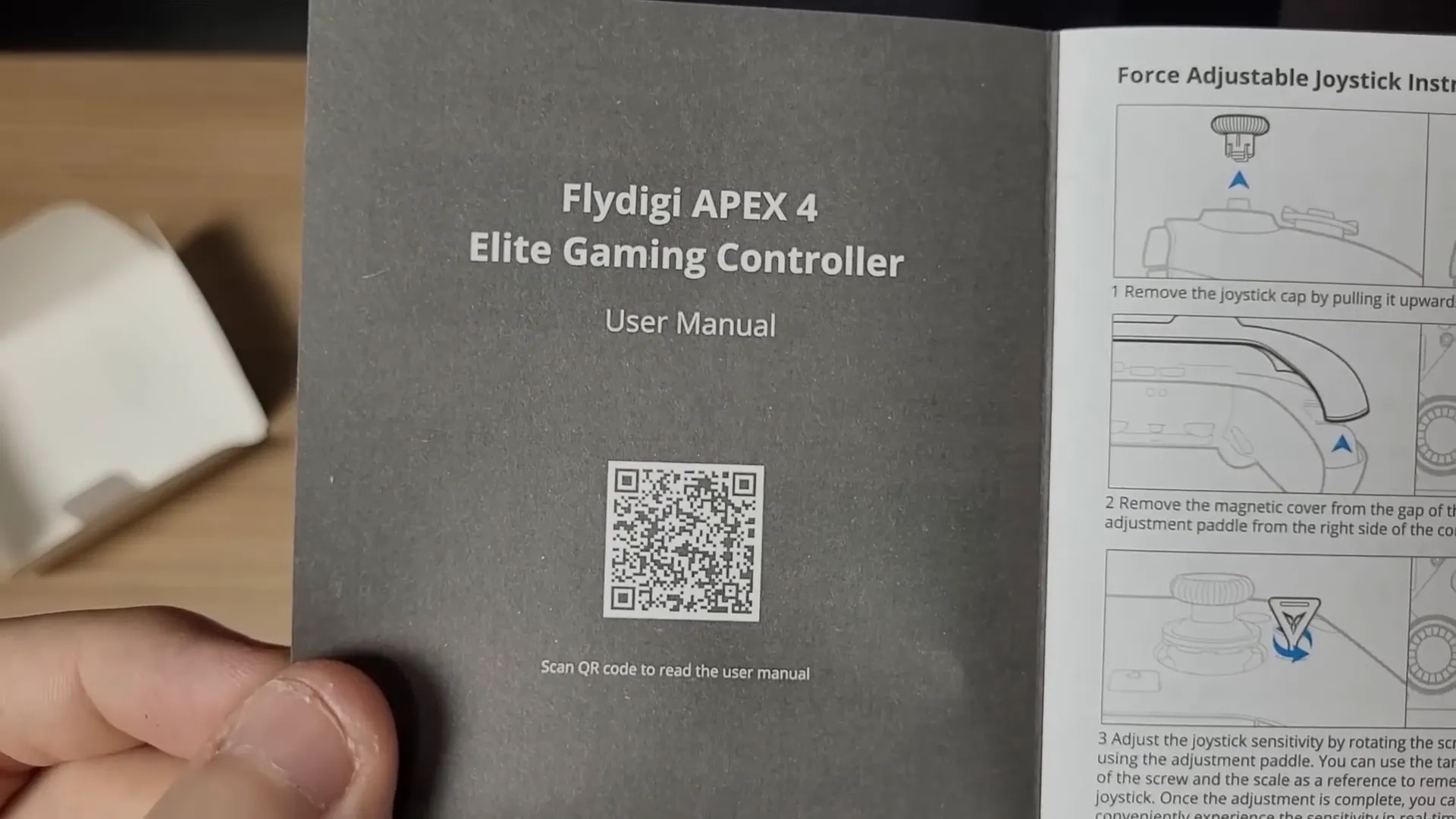
Build Quality and Design Innovations
The Apex 4’s build quality is impressive. The top triggers are crafted from transparent plastic, though they don’t reveal any special internal structure. A big change from the Apex 3 is the return of the capture button, which many gamers missed. However, the CNZ buttons that were a feature of the Vader 3 Pro have been removed in this iteration.
One downside is that the Apex 4 is the heaviest controller in Flydigi’s lineup so far. While this may suggest robust build quality, it might be a consideration for gamers who prefer a lighter device for extended play sessions.
The controller’s shell sports a glossy finish, which looks premium but does attract fingerprints and scratches more easily than the previous matte finish on the Apex 3. Thankfully, the glossy surface is also easy to clean, so maintaining its pristine look is manageable.

Button Improvements
The Apex 3 introduced mecha tactile buttons, and the Apex 4 retains these but with a noticeable improvement. The buttons require slightly less force to press, reducing finger fatigue during long gaming sessions. Importantly, the buttons no longer sink flush with the controller shell when fully pressed, which provides better tactile feedback and a more satisfying press sensation.

The Game-Changing Analog Sticks
Arguably the most exciting feature of the Flydigi Apex 4 is its self-developed analog sticks with adjustable tension. Unlike traditional analog sticks, these are removable and allow gamers to fine-tune the stick tension using a screw mechanism. This customization level is rare in controllers, especially at this price point, and it immediately sets the Apex 4 apart.
The d-pads remain consistent with Flydigi’s other controllers, and while they come in the standard silver color, there is a strong case for Flydigi to start offering these in multiple colors for further customization.
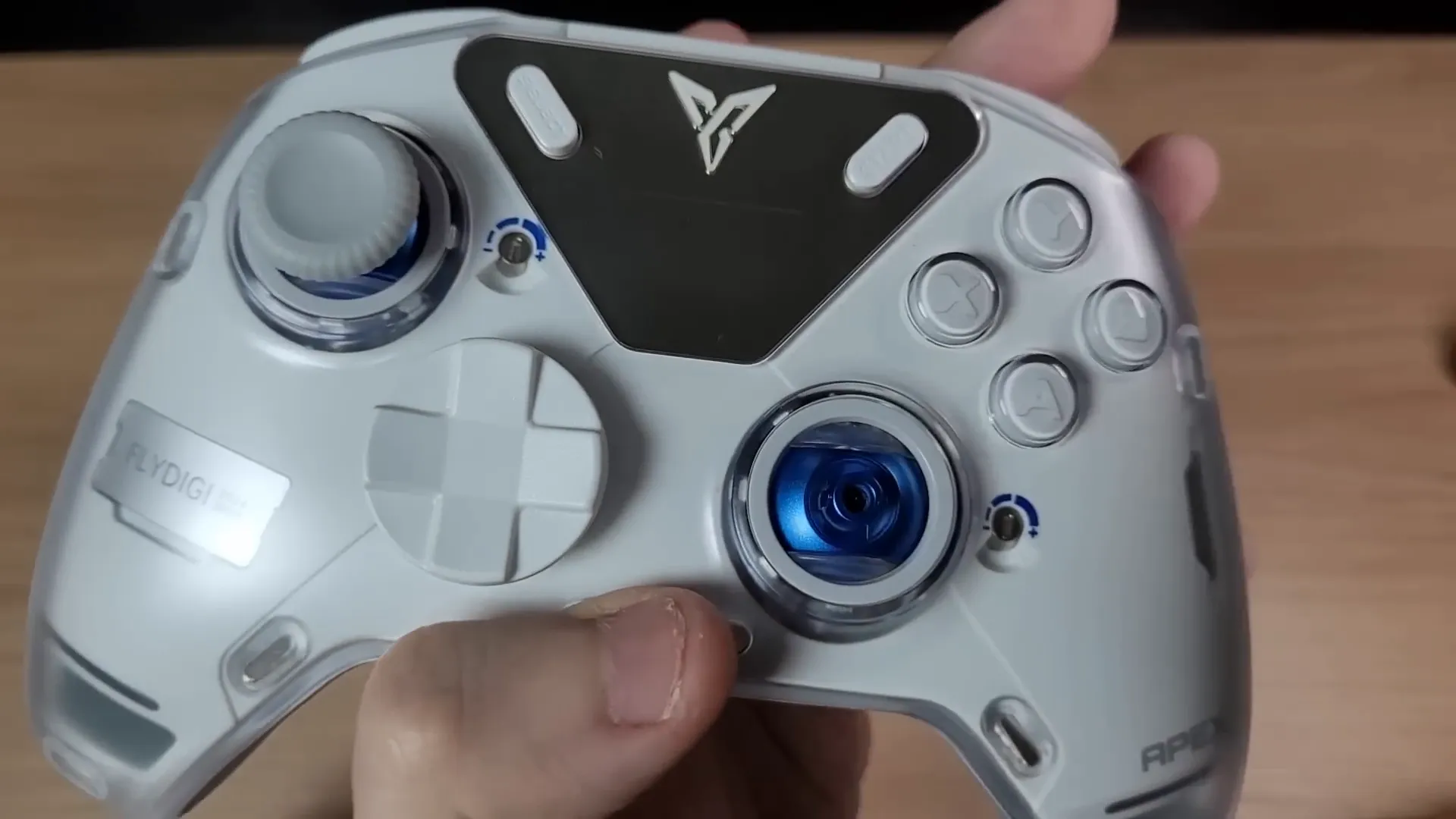
Smoothness and Performance
The analog sticks on the Apex 4 feel incredibly smooth and have a unique bouncy snap-back action. This is unlike any other controller stick I have tested before. Initially, the bounciness raised concerns about gameplay precision, but in practice, the sticks snap back accurately to the center without overshooting, maintaining excellent control.
Flydigi has also addressed the issue of stick wear and noise. Traditional controllers can develop ‘crusty’ stick behavior over time due to friction and wear on the potentiometer mechanism. The Apex 4’s sticks utilize an advanced hall effect mechanism combined with tiny bearings, similar to the technology behind fidget spinners, resulting in near-silent, frictionless movement that feels buttery smooth and durable.

Adjusting Stick Tension
Adjusting the tension requires removing the sticks, d-pad, and faceplate, which is straightforward with the right tool included in the box. By tightening or loosening the screws on each stick, you can customize the resistance to your liking. For example, you can set the right stick very tight for precision aiming or the left stick softer for swift movements.
Calibration tips include tightening screws fully, aligning them vertically, and then loosening each by one turn to ensure even tension on both sticks.
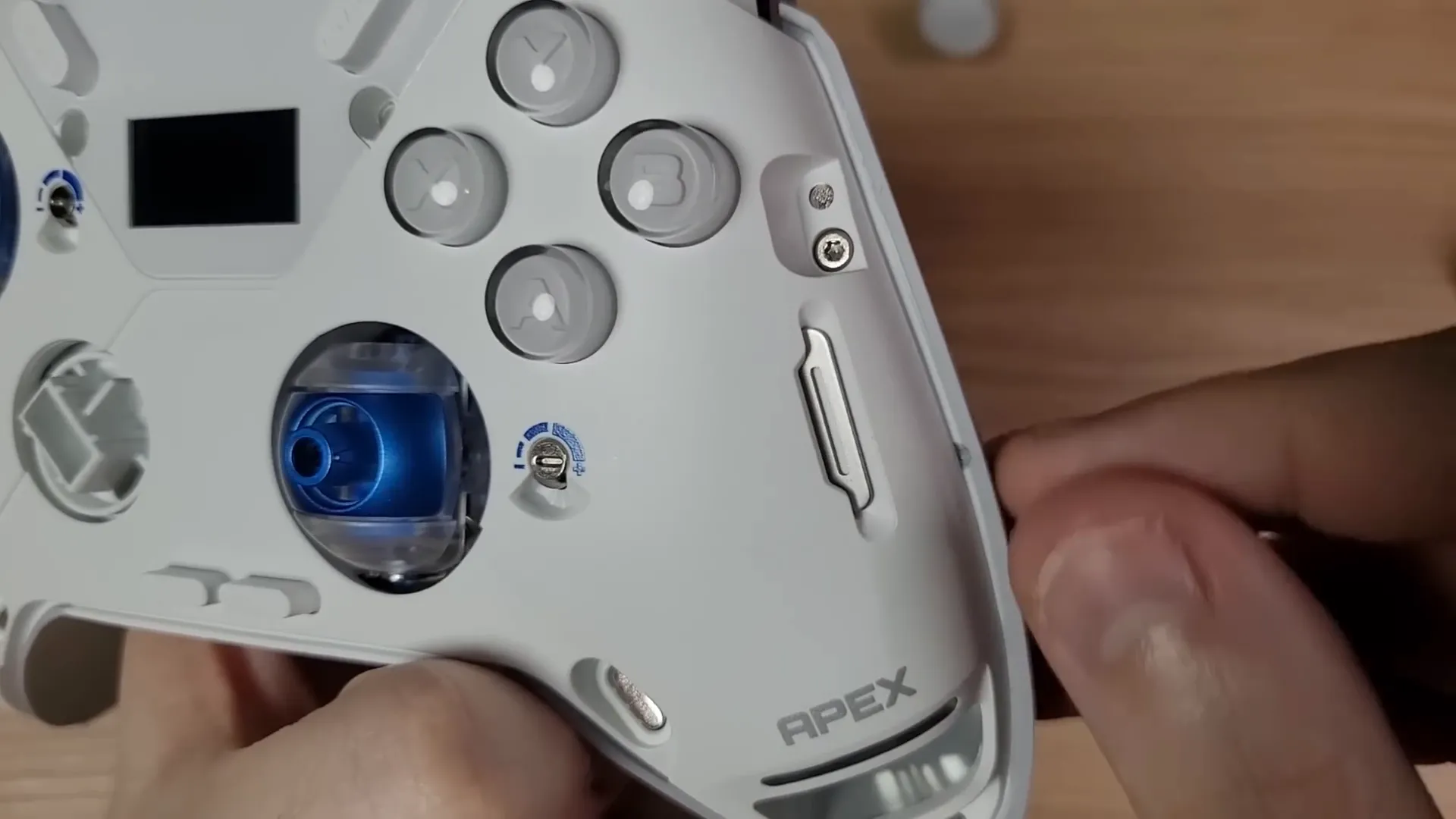
Screen and Firmware Enhancements
The Apex 4 introduces a redesigned screen hidden under a mirror-like surface, making it less conspicuous compared to the easily noticeable screen on the Apex 3. The screen is now more functional with English language support, a vast improvement over the previous Chinese-only menus.
This screen allows players to customize back buttons, enable turbo modes, and even manage macros (which will be enabled in future firmware updates). Additionally, trigger presets can be applied directly via the screen, enhancing the controller’s configurability without needing to connect to a PC or smartphone app.

Improved User Interface
The menu system is much more user-friendly with the introduction of English language support. This opens up the controller to a broader audience, allowing easier navigation through customization options. Players can now tailor their experience extensively, from button remapping to trigger sensitivity and more.

Trigger Modes and Functionality
The Apex 4 supports multiple trigger modes, including a trigger lock function reminiscent of the Vader 3 Pro’s system. This function allows the trigger to simulate a digital on/off press, ideal for racing games or FPS titles where quick trigger response is critical.
Unlike physical trigger locks that stop the trigger at a certain point, the Apex 4 uses motor resistance to simulate this lock, meaning the trigger can still be fully pressed but requires force to do so. This approach balances realism and functionality well.
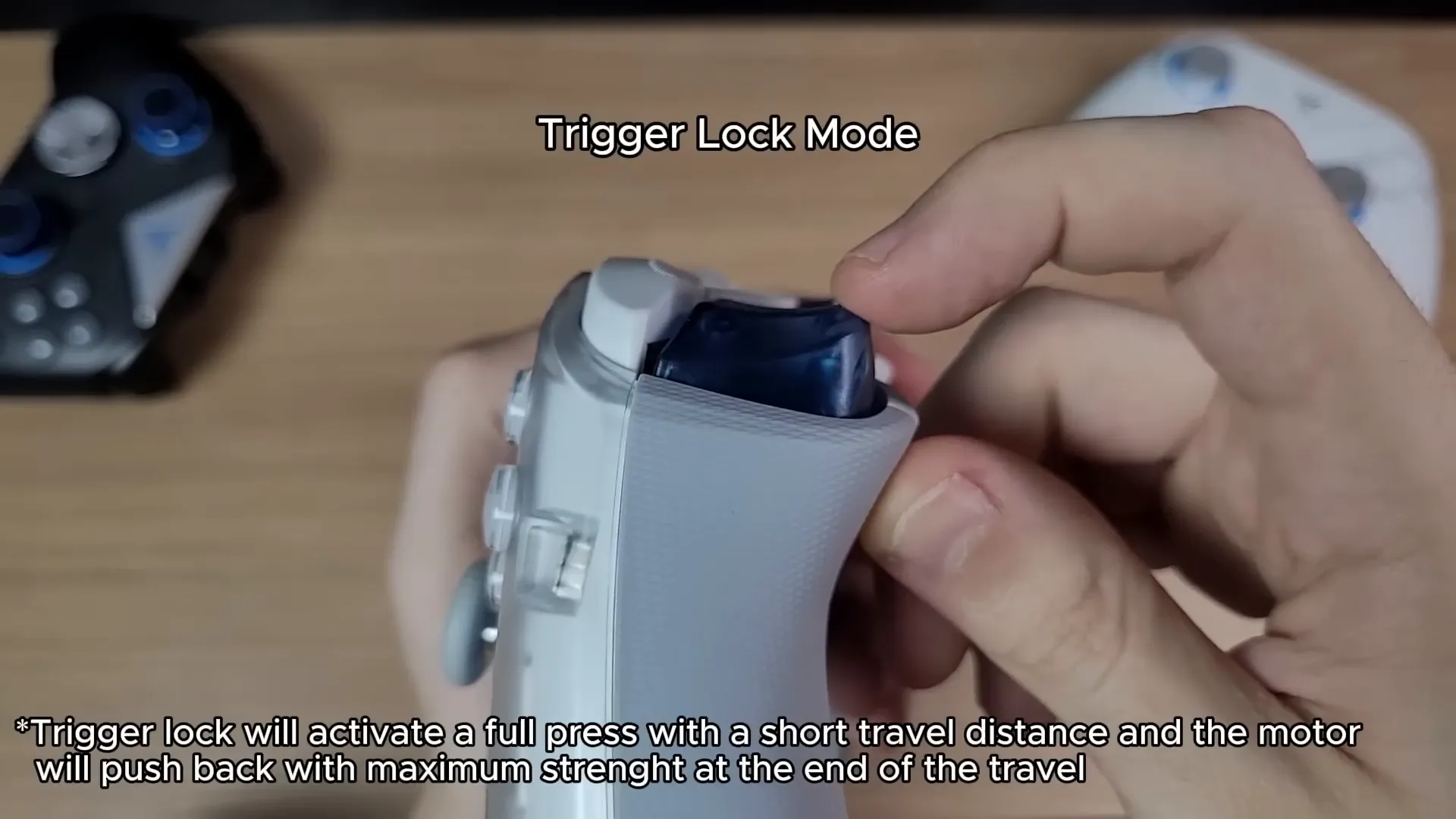
Compatibility and Connectivity
The Apex 4 is compatible with the Flydigi charging dock used by the Apex 3, ensuring that previous accessories remain useful. It also supports the Flydigi smartphone app, allowing wireless customization and control.
Testing on PC reveals excellent performance with no dead zones in the analog sticks or triggers. The circularity of the sticks is comparable to other premium controllers, and the d-pad has been improved to prevent multiple directional inputs when pressing the center.
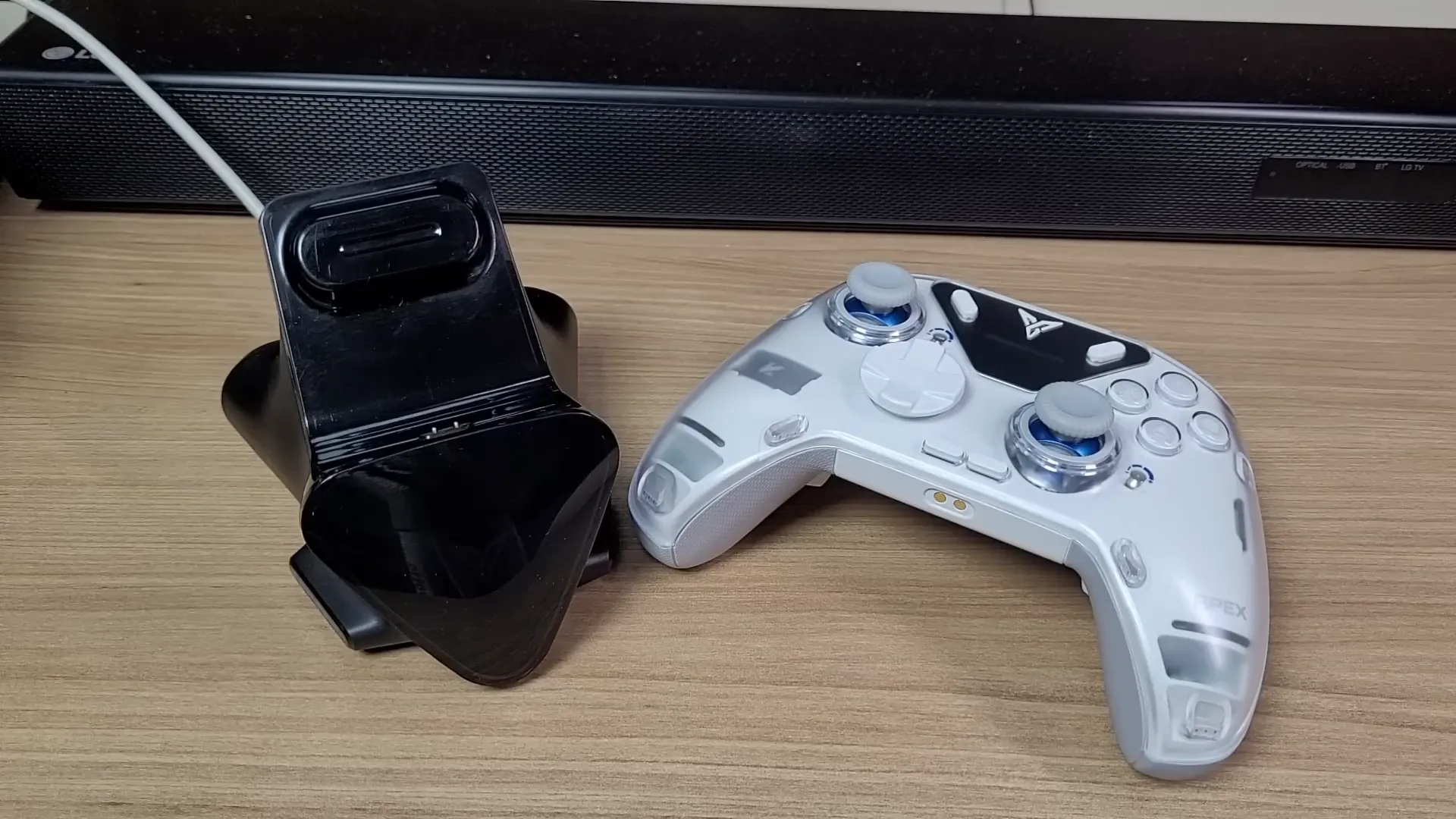
Polling Rate and Wireless Performance
The controller impresses with a polling rate of 1100 Hz, a significant boost over many competitors. Wireless connection via the included dongle provides the same high polling rate as wired mode, ensuring minimal input lag and a responsive gaming experience.
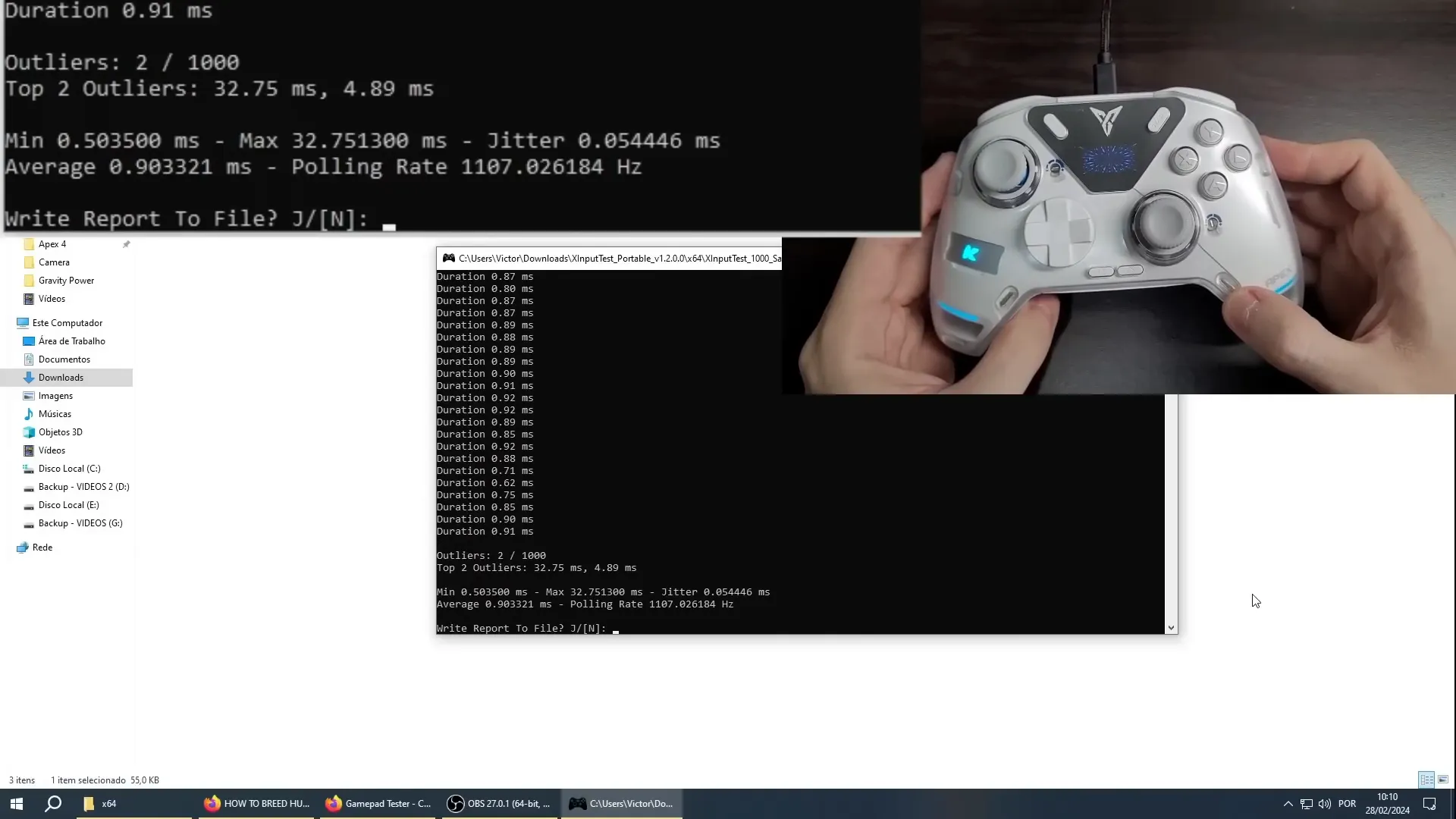
Flydigi PC App - Enhanced Customization
The Flydigi PC app continues to offer robust customization options, now refined for the Apex 4. Users can remap any button, including keyboard keys like Ctrl, Shift, and Tab, adjust joystick sensitivity and curves, and enable simulated gyro controls for each stick.
The app also allows detailed trigger configuration, including vibration modes where triggers push back based on controller rumble, adding another layer of immersion.
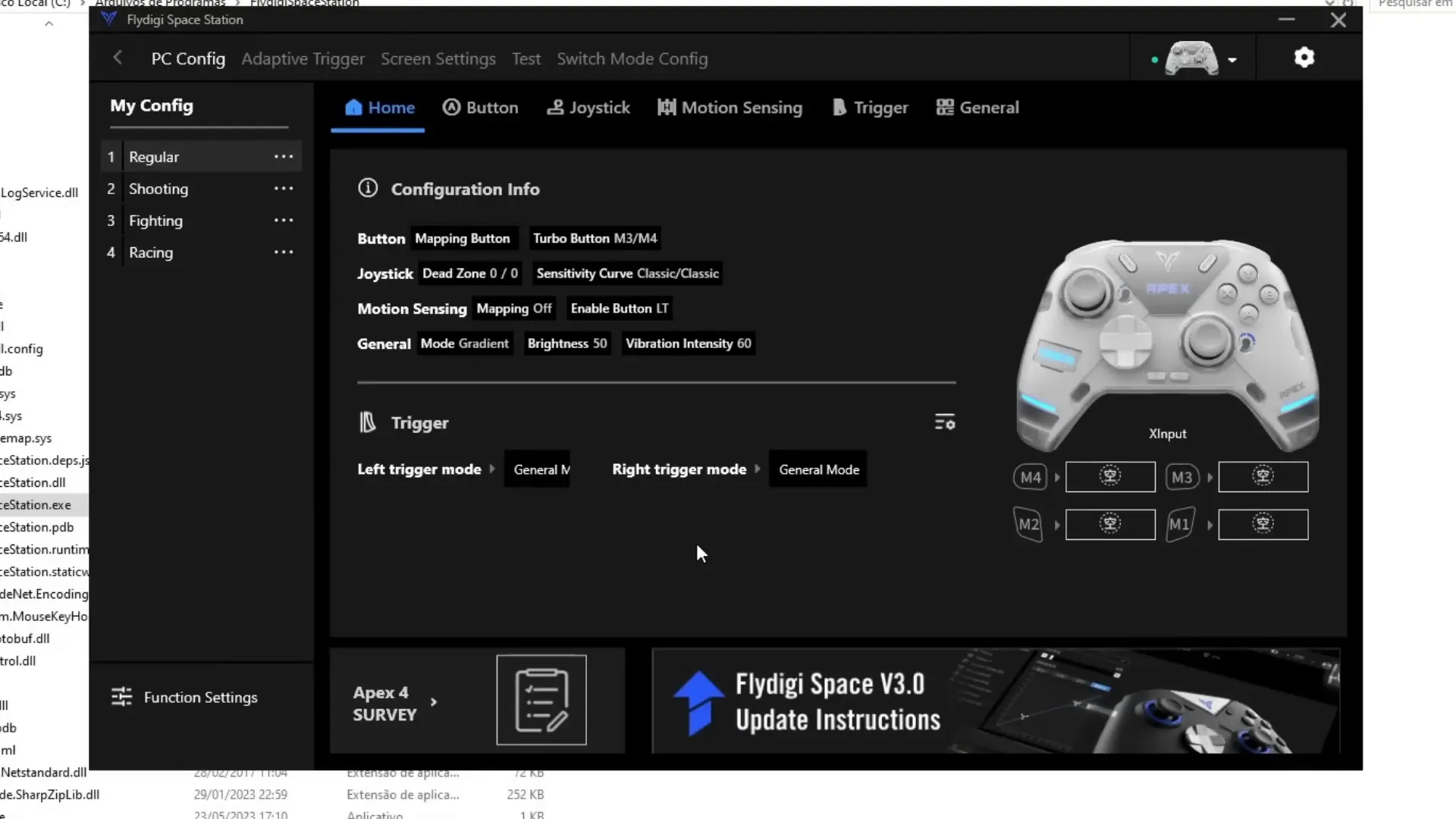
Adaptive Triggers and DualSense Mode
Adaptive triggers are a highlight of the Apex 4, though Flydigi faces challenges competing with Sony’s native DualSense technology. Unlike the DualSense, which works seamlessly with PS5 games at launch, Flydigi requires manual adaptation and the use of their app for compatibility.
Games supported by Flydigi’s adaptive triggers include Spider-Man Remastered, which offers two modes: the standard Flydigi adaptive mode and a DualSense simulation mode. The latter simulates the Apex 4 as a DualSense controller, allowing use of PS5’s original adaptive trigger settings. However, this mode requires the Flydigi app to be running and the game to be manually added to the app’s compatibility list.
Some games, like Overwatch 2, are not yet fully supported but still benefit from DualSense mode simulation, though the adaptive trigger effect is weaker.
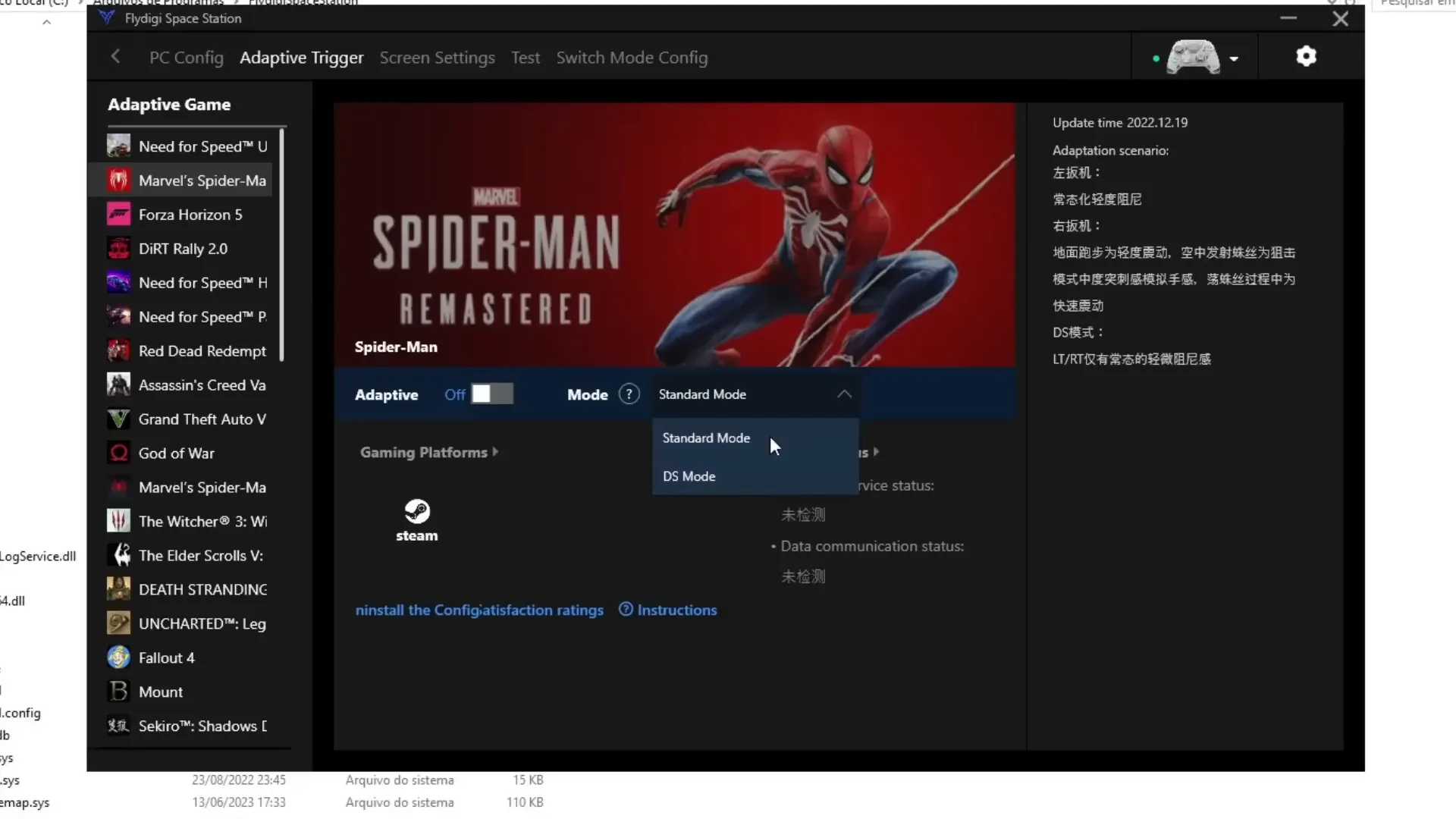
Inside the Apex 4 - Teardown and Hardware Insights
Opening the Apex 4 reveals a 1500mAh battery, separate boards for back buttons, and rumble motors resembling those found in the DualSense. The triggers feature hall effect sensors, which provide precise analog input without wear.
The button layout is fixed but can be enhanced by a simple mod: applying keyboard loops inside button holes to improve feedback and reduce wobble, a trick carried over from the Vader 3 Pro.
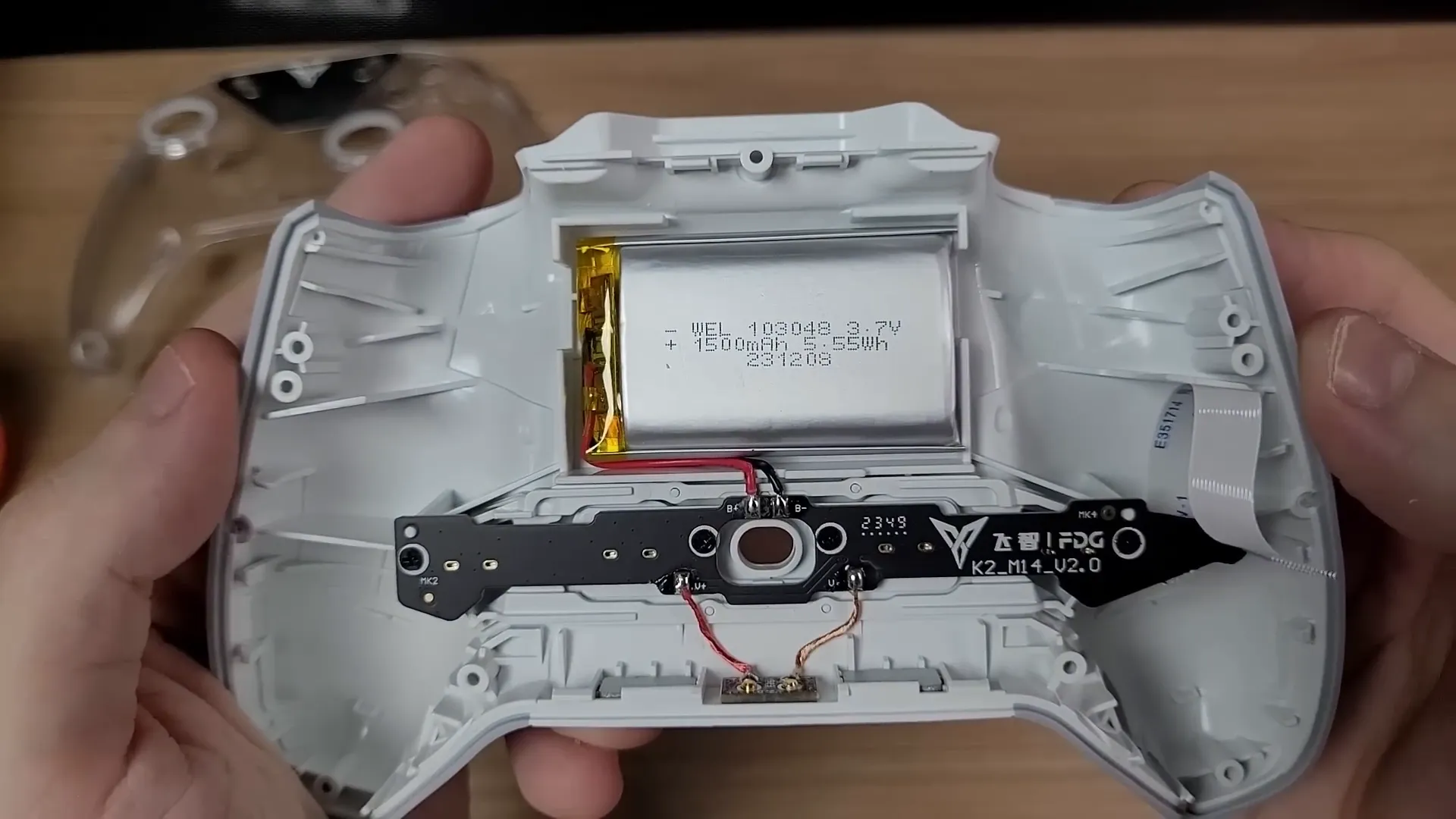
The Revolutionary Analog Stick Module
The heart of the Apex 4’s innovation lies in its new analog stick modules. Traditional controllers use potentiometer sticks prone to drift due to physical wear. Hall effect sticks improved on this by eliminating contact wear, using magnets and sensors to track movement. The Vader 3 Pro adopted a compact hall effect design.
The Apex 4 introduces a unique seesaw-based hall effect system with magnets and sensors arranged to detect up/down and left/right movements separately. The sticks sit atop a seesaw structure, where pressure on one side centers the stick and the tension is adjustable via a screw and spring mechanism.
Additionally, tiny bearings reduce friction dramatically, explaining the incredibly smooth feel and silent operation of the sticks. This design is a significant leap forward in analog stick technology.
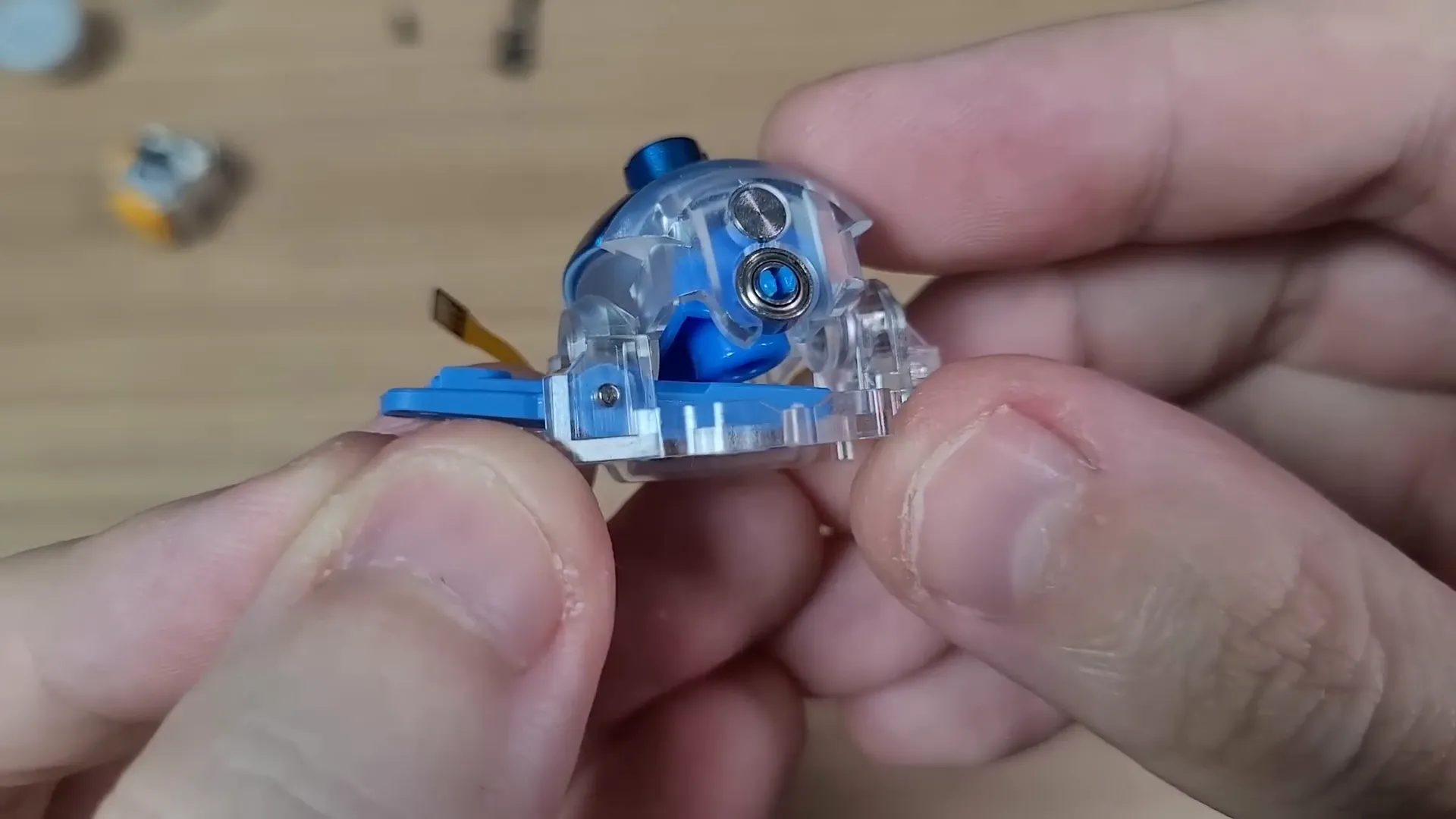
Final Thoughts: Is the Flydigi Apex 4 Worth It?
The Flydigi Apex 4 is a remarkable evolution from the Apex 3, offering meaningful improvements in analog stick technology, button responsiveness, and customization options. While it loses some features like the CNZ buttons from the Vader 3 Pro and has a heavier build, the gains in stick smoothness and trigger adaptability are compelling.
For Apex 3 owners, upgrading to the Apex 4 makes sense, especially for the enhanced sticks and screen functionality. For Vader 3 Pro users, the decision is more nuanced: the Vader 3 Pro offers a solid trigger lock and CNZ buttons but lacks the Apex 4’s superior analog sticks and higher polling rate.
One lingering wish is for better plug-and-play compatibility with PS5 games and DualSense adaptive trigger support without relying on an app. This would truly elevate the Apex 4’s standing in the premium controller market.
Overall, the Flydigi Apex 4 is a highly innovative and well-executed controller that deserves serious consideration for gamers seeking precision, customization, and premium quality.


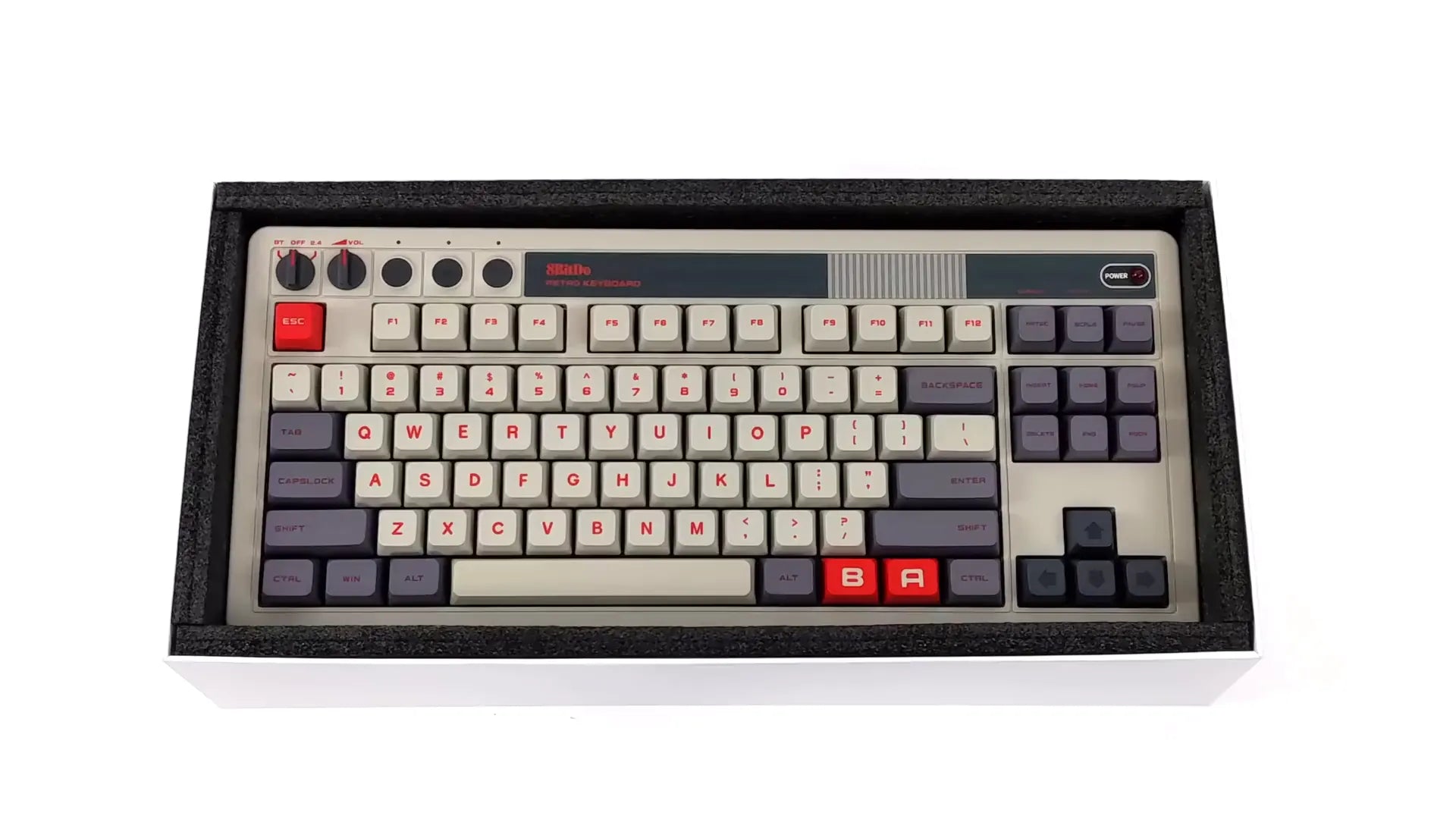

Leave a comment
This site is protected by hCaptcha and the hCaptcha Privacy Policy and Terms of Service apply.